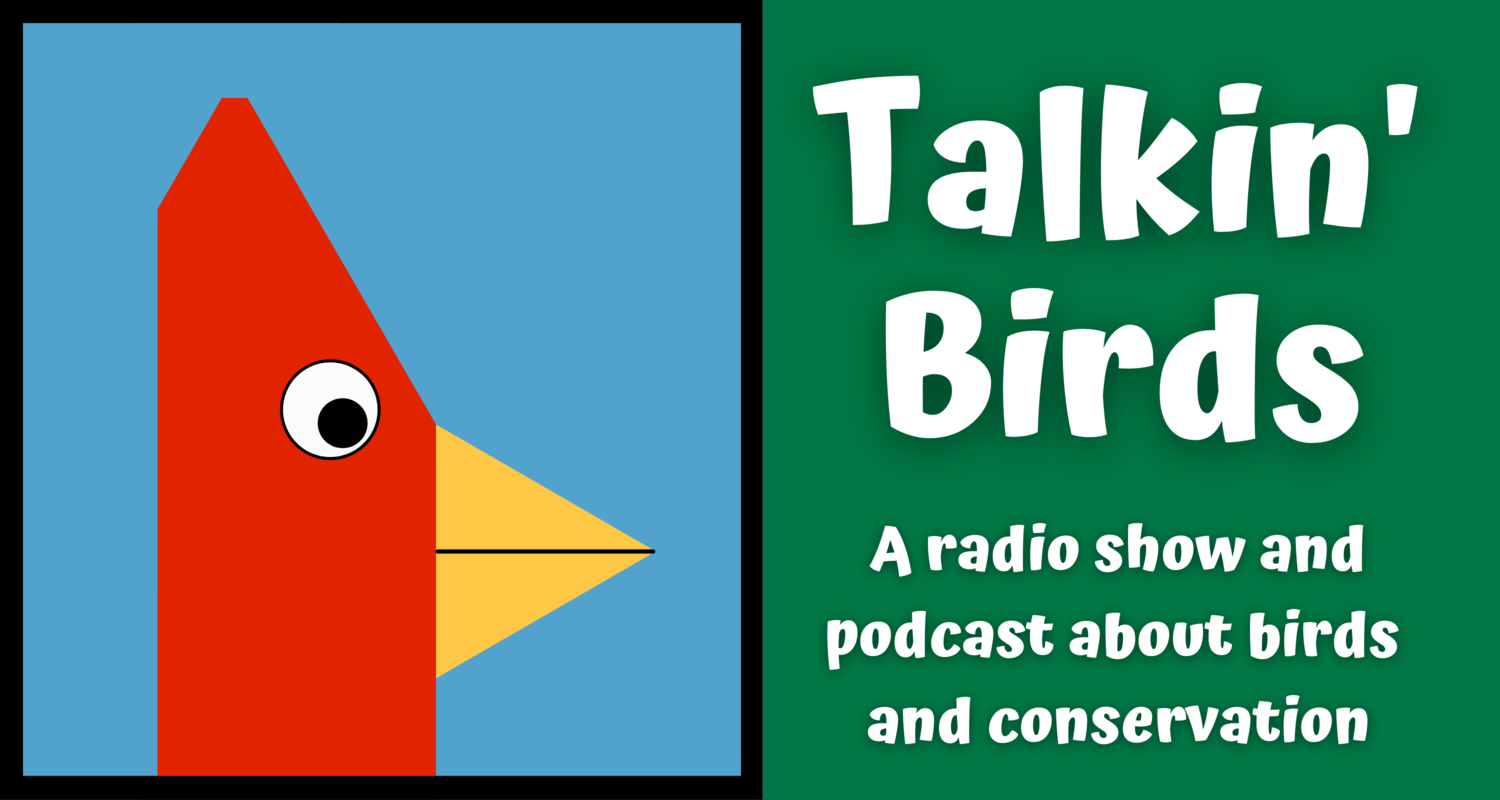A personal story from Siva Gopalnarayanan, a Talkin’ Birds Ambassador from Plano, TX.
Last Saturday was quite a pleasant day in the mid-sixties and sunny, so my wife and I went on a walk around the pond in our neighborhood. It was filled with the usual migrants and locals – Mallards, Lesser Scaups, and Gadwalls. Among these there was this unusual immature Pied-billed Grebe swimming lazily around. My wife pointed out that there was something sticking out of the grebe’s head. I didn’t have my binoculars with me, and we thought it was some brush, so we went on to enjoy the rest of our walk.
Sunday ended up being nice walking weather as well. This time, we saw the grebe with the debris still on it. We thought it might be more than just brush. I came back with my binoculars and camera to take a better look, and I took a few pictures.
The grebe tangled in debris.
The grebe was tangled up in some kind of net. It must have gotten it wrapped around its neck. It was tilting it head to one side and wouldn’t swim much, but would instead stay mostly dormant in the middle of the pond. It didn’t dive once. It looked mostly sleepy, with the head tucked in. It tried to stay close to the rest of the ducks: when the other ducks swam away, it would suddenly wake up and swim closer to them.
I came back with my swimming pool net, hoping to catch it, but unfortunately it stayed mostly in the middle of the pond. I called Plano’s Animal Services, and at 4 PM on a Sunday, they showed up! However, they realized that they needed a boat to get to the bird. On Monday, they had other priority calls and couldn’t get to it.
Monday after work, I rushed back to the pond with my swimming net and scissors. The poor bird seemed even more tired, with its mouth open and eyes half shut. It might not have hadn’t eaten in a while, and perhaps it was dehydrated. Towards dusk, it finally was close to the ledge of the pond along with a few other mallards. I lunged to try to catch it with my net, but I was surprised to see how fast a disabled grebe could leap, dive, and swim away when faced with the danger of being nabbed. So I got back on my phone and called every bird or animal rescue and rehabilitation outfit that I could find.
I called Animal Services again on Tuesday, and they indicated that they would try to rescue the bird again that day. I went over during my lunch break. As luck would have it, they had just showed up, but they were waiting for help from the Parks & Recreation department because they needed a boat to be able to get closer to the bird.
Then this passionate Parks & Rec employee named Kym showed up. Lucky day! She was a birder too! So I knew then that she wouldn’t give up and the grebe was going to be okay. Kym and her aide took out a flat-bottomed boat and paddled behind the grebe, which, when necessary, would not hesitate to dive or to fly short stretches. Her aide later brought back an outboard motor so they could continue chasing the grebe. Kym was getting quite soggy. Did I mention that it was quite chilly that day – perhaps in the 40s?
With Kym and her aide were in the boat cornering the grebe and I on the shore with my net, we chased the bird for a good couple of hours, and we almost lost sight of it many times, but eventually it tired out. Finally, the grebe swam closer to the ledge. While Kym and her aide distracted the bird from the boat, I nabbed it with my net.
Kym quickly took the grebe out of the net and put it inside her vest while I fetched the scissors. It was so heartening to finally cut the net loose – which apparently was a piece of grass seed net from landscaping. The net had been wrapped around the grebe’s neck and right foot.
Kym let the grebe back into the pond, and within seconds it was near the other bank. I came back to take a few more pictures and videos of the freed bird, which spent perhaps hours preening itself. It was great to see it dive and spread its wings. I couldn’t thank Kym and the rest of the staff enough.
The grebe at last spreading its wings.
I promptly gave Kym the Talkin’ Birds info card. We may soon have another Talkin’ Birds Ambassador!
The grebe at rest.





